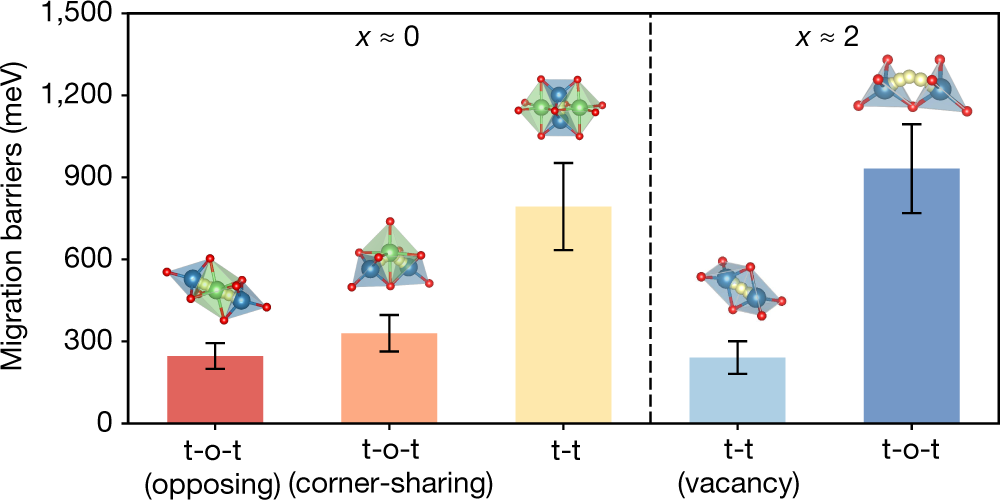Joule & Energy and AI Symposium
Prof Ong gave a talk at the Joule & Energy and AI Joint Online Symposium on our recent work on “Multi-fidelity Graph Networks forMaterials Property Predictions”. Predicting the properties of a material from the arrangement of its atoms is a fundamental goal in materials science. In recent years, machine learning (ML) on ab initio calculations has emerged as a new paradigm to provide rapid predictions of materials properties across vast chemical spaces. However, the performances of ML models are determined by the quantity and quality of data, which tend to be inversely correlated with each other. In this talk, we show that multi-fidelity materials graph networks can transcend this trade-off to achieve accurate predictions of the experimental band gaps of ordered and disordered materials to within 0.3-0.5 eV. Further, such models can be readily extended to predict the band gaps of disordered crystals to excellent agreement with experiments, addressing a major gap in the computational prediction of materials properties. You can check out the two works discussed in the presentation at: (1) Chen, C.; Zuo, Y.; Ye, W.; Li, X.; Ong, S. P. Multi-Fidelity Graph Networks for Machine Learning the Experimental Properties of Ordered and Disordered Materials. arXiv:2005.04338 [cond-mat] 2020. […]


You must be logged in to post a comment.